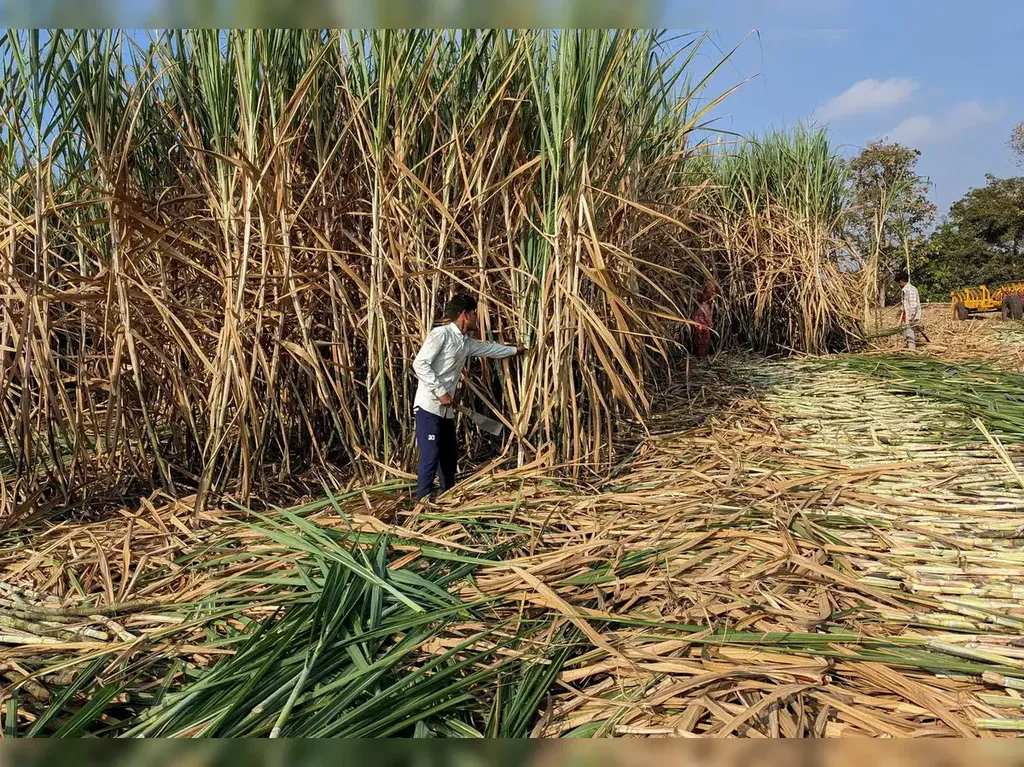In the heart of Guangxi University, Nanning, China, a team of researchers led by Guiqing Deng from the College of Mechanical Engineering has made a significant stride in the realm of autonomous agricultural operations. Their work, published in the journal *Applied Sciences* (translated as *Applied Sciences*), focuses on a critical challenge in sugarcane farming: accurate detection and row fitting. This breakthrough could have profound implications for the energy sector, particularly in the realm of bioenergy production.
Sugarcane, a vital crop for bioenergy, is typically planted in rows. Accurate identification of these rows is crucial for the autonomous navigation of agricultural machinery, especially during the elongation period of sugarcane. However, the intertwining and overlapping of sugarcane leaves and stalks at this stage create a complex occlusion structure, making target detection a daunting task.
To tackle this challenge, Deng and his team developed an improved target detection method called SugarRow-YOLO, based on the YOLOv11n model. This innovative approach introduces several enhancements to the existing model. “We incorporated WTConv convolutional modules to expand the sensory field and improve computational efficiency,” Deng explains. “Additionally, we adopted the iRMB inverted residual block attention mechanism to enhance the modeling capability of crop spatial structure and used the UIOU loss function to mitigate the misdetection and omission problem in the region of dense and overlapping targets.”
The results of their experiments are promising. SugarRow-YOLO demonstrated a precision of 83%, a recall of 87.8%, and mAP50 and mAP50-95 of 90.2% and 69.2%, respectively. These figures indicate a significant improvement in sugarcane target detection, which is a critical step towards automating agricultural operations.
But Deng’s team didn’t stop there. They also addressed the issue of large variability in row spacing and plant spacing of sugarcane. They introduced the DBSCAN clustering algorithm and combined it with a smooth spline curve to fit the crop rows, achieving a remarkable 96.6% accuracy in the task.
The implications of this research are far-reaching, particularly for the energy sector. Sugarcane is a key crop for bioenergy production, and the automation of its cultivation could lead to increased efficiency and reduced costs. “Our method offers robust technical support for the automation and intelligent advancement of agricultural operations,” Deng says. “This could potentially revolutionize the way we cultivate sugarcane, making the process more efficient and sustainable.”
As we look to the future, the work of Deng and his team could pave the way for further advancements in autonomous agricultural operations. Their research, published in *Applied Sciences*, not only addresses a critical challenge in sugarcane farming but also opens up new possibilities for the energy sector. It’s a testament to the power of innovation and the potential of technology to transform our world.

